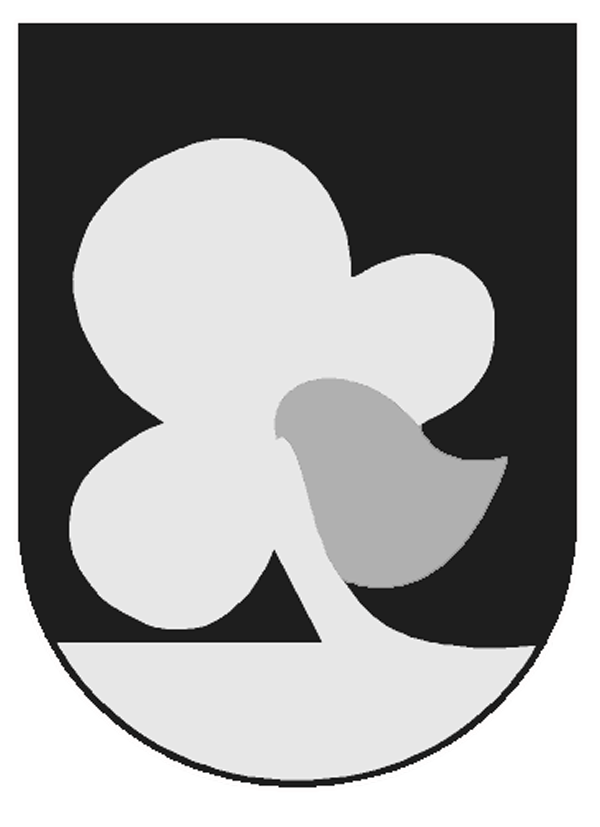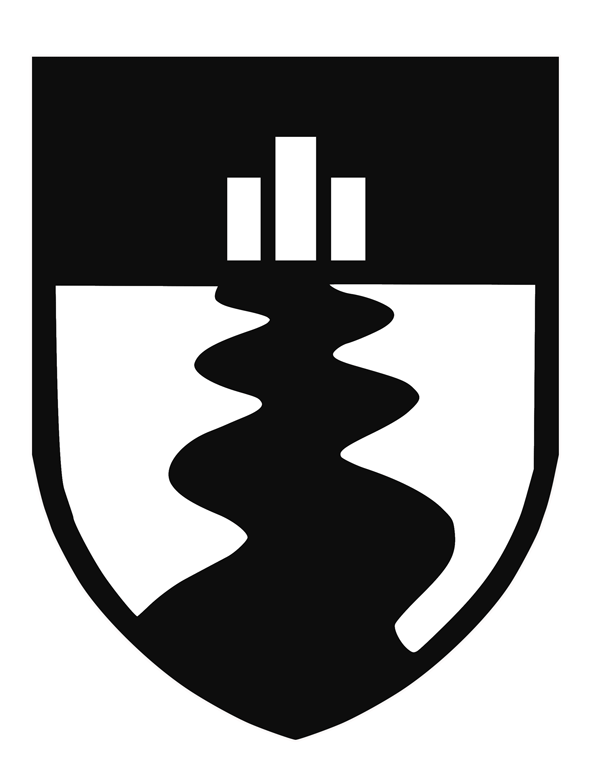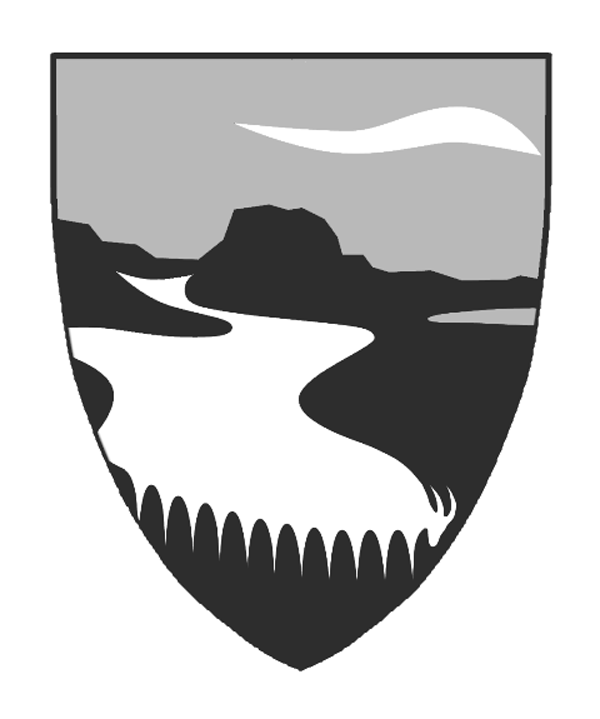Saga safnsins
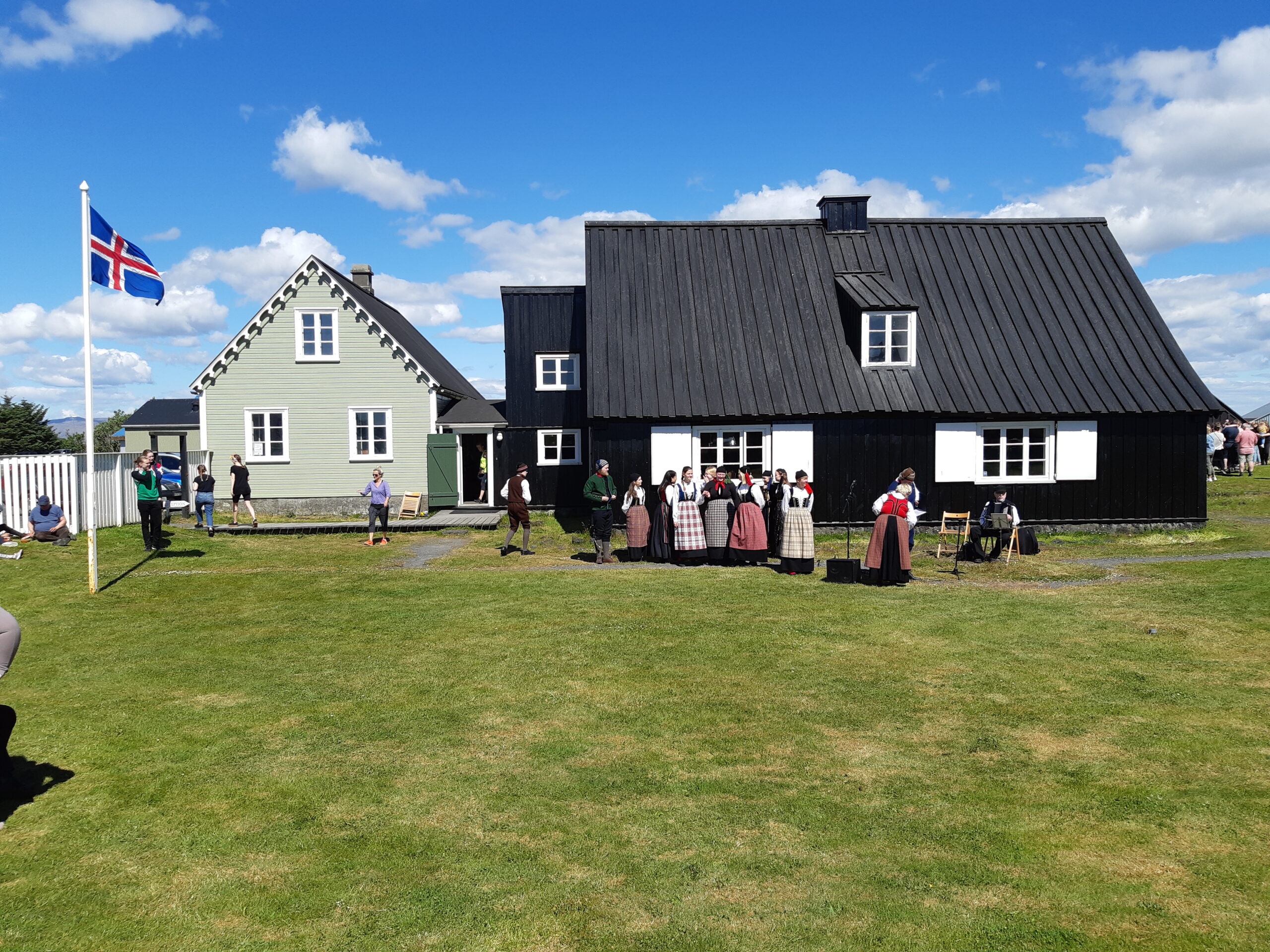
Fyrstu tillögur að stofnun byggðasafns komu fram á sýslufundi Árnesinga árið 1942. Árið 1952 setti Sýslunefndin á stofn nefnd til að hafa forgöngu um stofnun Byggðasafns Árnesinga. Nefndin sendi ákall í héraðsfréttablöð í byrjun ársins 1953 og réði Skúla Helgason frá Svínavatni (1916-2002) til söfnunar. Tók Skúli við fyrstu mununum 1. júní 1953 og lagði gripi þá sem hann átti sjálfur undir safnið. Sumrin 1954 og 1955 fór Skúli um sýsluna og meðal brottfluttra Árnesinga í Reykjavík og safnaði munum. Nokkrar deilur urðu um staðsetningu og stefnu safnsins en það var svo opnað 5. júlí 1964 að Tryggvagötu 23 á Selfossi. Uppsetning safnsins var í höndum Skúla Helgasonar og þriggja safnvarða Þjóðminjasafns Íslands, þeirra Kristjáns Eldjárns þjóðminjavarðar, Þórs Magnússonar og Gísla Gestssonar. Starf safnvarðar var hlutastarf til 1986, fyrst Kjartan Magnússon en Pétur M. Sigurðsson var safnvörður frá 1973 til 1985. Á þessum tíma var byggt upp Listasafn og vísir að náttúrusafni (Dýrasafnið á Selfossi). Safnið hét þá Byggða- og listasafn Árnesinga. Árin 1986 og 1987 setti Hildur Hákonardóttir þáverandi safnvörður upp nýja grunnsýningu fyrir safnið. En grunnsýningunni á Selfossi var lokað 1994 og húsið selt 1996. Listasafn Árnesinga varð sérstök stofnun.
Haustið 1992 var gert samkomulag um Húsið á Eyrarbakka sem fól í sér að Ríkissjóður keypti Húsið, Þjóðminjasafn tók við því og hafði umsjón með viðgerðum árin 1993 til 1996. Byggðasafni Árnesinga var síðan falið það hlutverk að reka Húsið og hýsa þar sýningahald. Vorið 1993 voru gerðar tillögur að grunnsýningu í Húsinu og var unnið eftir þeim við uppsetningu safnsins. Byggðasafn Árnesinga opnaði starfsemi sína í Húsinu 3. ágúst 1995. Fyrir norðan Húsið var endurbyggður Eggjaskúr opnaður haustið 2004 og er þar náttúrusýning tileinkuð fugla- og eggjasöfnun Peters Nielsen faktors um aldamótin 1900.
Þann 1. mars 2001 tók Byggðasafn Árnesinga við rekstri Sjóminjasafnsins á Eyrarbakka skv. þjónustusamningi við Árborg. Sjóminjasafnið er að Túngötu 59 á Eyrarbakka og stofnað af Sigurði Guðjónssyni skipstjóra á 6. áratug síðustu aldar. Hann bjargaði síðasta áraskipinu sem smíðað var á Eyrarbakka frá tortímingu og reisti safnhúsið árið 1970. Gaf hann Eyrarbakkahreppi safnið árið 1987 og sá Inga Lára Baldvinsdóttir um að skipuleggja grunnsýningu þar. Í eigu Sjóminjasafnsins á Eyrarbakka er Beitningaskúrinn sem opnaður var til sýningar árið 2013. Einnig sér Byggðasafn Árnesinga um varðveislu safngripa Þuríðarbúðar og sýningahald þar.
Skrifstofa Byggðasafns Árnesinga var í Húsinu á Eyrarbakka frá 1995 til 2002 en það ár tók safnið í notkun þjónustuhús að Hafnarbrú 3 á Eyrarbakka sem rúmaði allt innra starf safnanna. Fyrir bygginguna fékk safnið Íslensku safnaverðlaunin árið 2002 enda þá einstakt að safn byggði sérstaklega fyrir innra starf sitt. Smátt og smátt varð Hafnarbrú 3 of lítil fyrir starfsemina og einnig komu auknar kröfur um aðbúnað safnmuna. Ljóst varð að grípa þyrfti til aðgerða. Í apríl 2019 keypti Byggðasafn Árnesinga Búðarstíg 22 á Eyrarbakka, hið svokallaða Alpan-hús, sem tekið var að hluta í notkun í ársbyrjun 2020 og að fullu sumarið 2021 eftir aðlögun verktaka að þörfum safnsins. Þann 29. júlí 2021 flutti skrifstofa Byggðasafns Árnesinga í Búðarstíg 22 og allur safnkostur var kominn úr Hafnarbrú 3 yfir í Búðarstíg 22 í lok september 2021. Öll innri starfsemi Byggðasafns Árnesinga er komin í Búðarstíg 22.
Árið 2011 keypti safnið húsið Kirkjubæ sem stendur skammt vestan Hússins. Það var gert upp og opnað almenningi árið 2016. Arfur Helga Ívarssonar frá Hólum fjármagnaði þetta verkefni. Í Kirkjubæ segir safnið frá lífi og nýjungum í lífi almennings í héraðinu frá 1920 til 1940.
Stöðug söfnun er við Byggðasafn Árnesinga og það varðveitir jafnframt muni og ljósmyndir Sjóminjasafnsins á Eyrarbakka. Frá 2018 varðveitir safnið safnmuni Byggðasafns Ölfuss. Í upphafi einskorðaðist söfnunin við muni úr gamla bændasamfélaginu með áherslu á búhætti, verslun og sjávarútveg fram að vélvæðingu hans. Áherslur hafa breyst og er meiri áhersla lögð á heimilishald fram til 1960. Langstærsti hluti safnkosts er úr Árnessýslu. Sömuleiðis er Byggðasafn Árnesinga í fararbroddi þeirra safna á Íslandi sem fást við samtímasöfnun eftir SAMDOK aðferðinni þar sem áhersla er lögð á skráningu og ljósmyndun á vettvangi.
Starfssvæði Byggðasafns Árnesinga er Árnessýsla og er Héraðsnefnd Árnesinga bs eigandi safnsins. Öll átta sveitarfélög héraðsins eru í nefndinni.
Safnstjóri frá 1993 er Lýður Pálsson sagnfræðingur.

